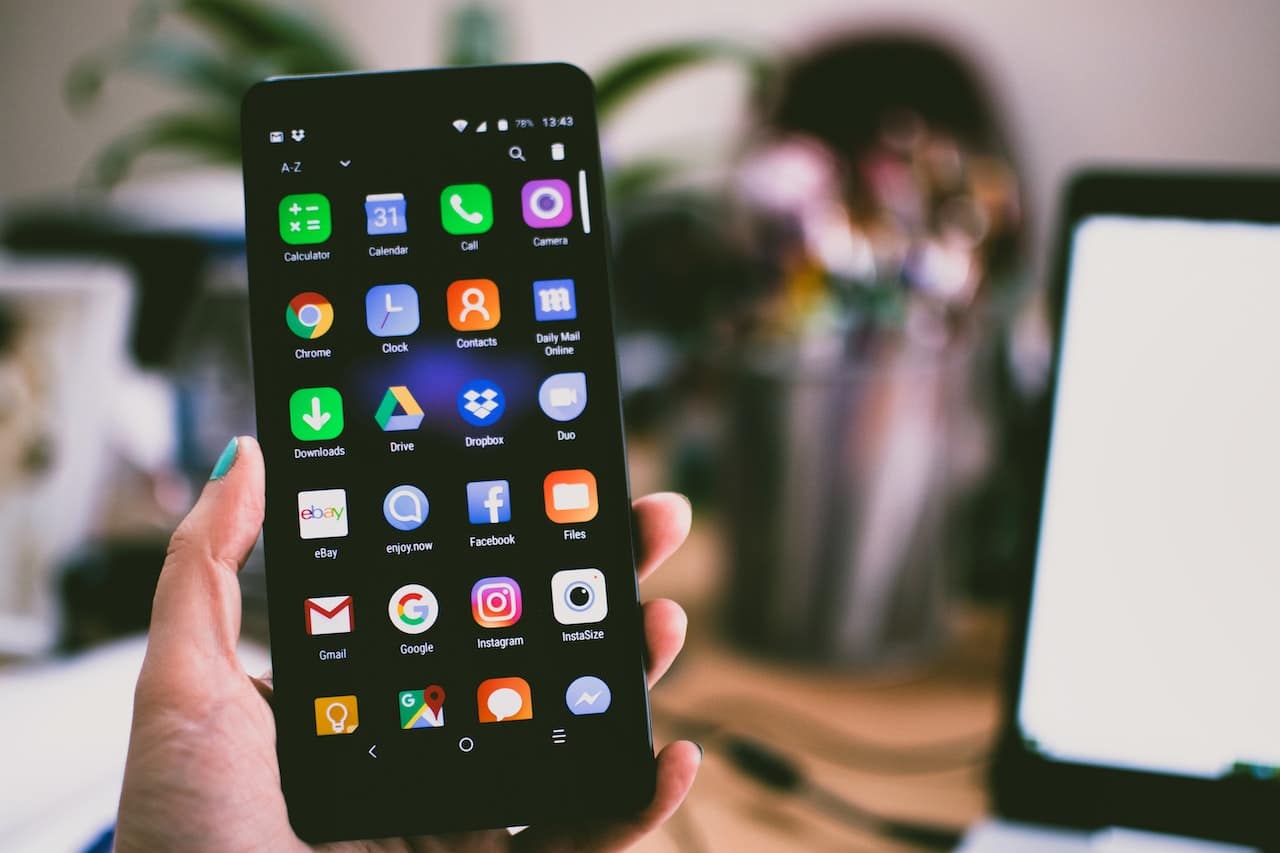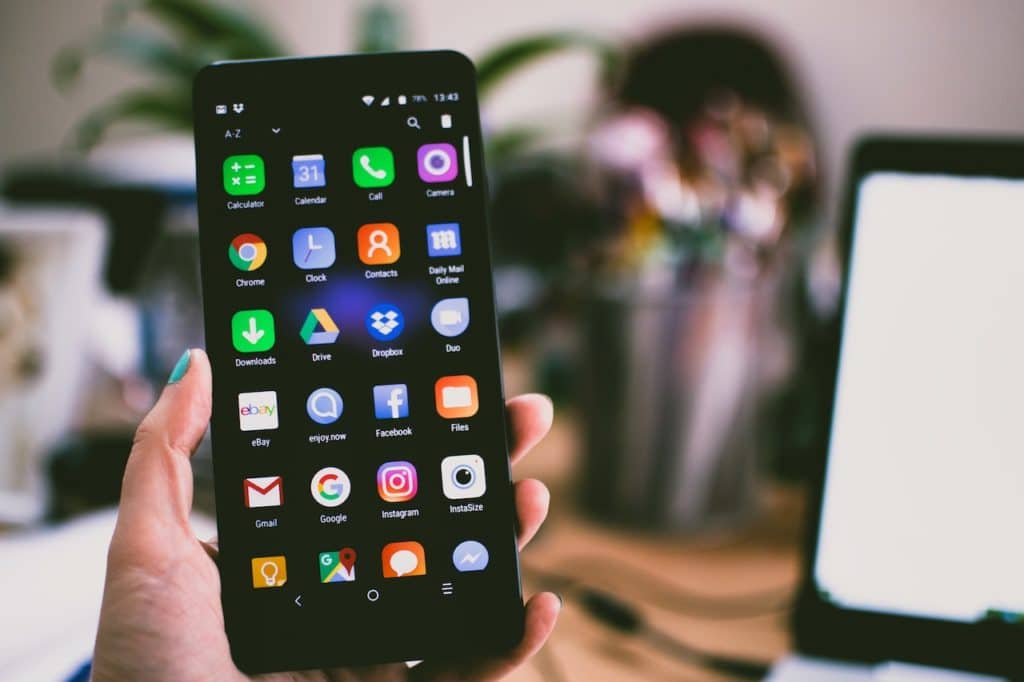Phones
How to Lock SafeSearch on Android?

The internet is a double-edged sword. On one hand, it serves as a vault of unlimited information, and on the other, it’s a Pandora’s box of explicit content. This dichotomy has led to the creation of mechanisms like Google’s SafeSearch, designed to keep internet users, especially minors, protected from the less desirable side of the internet. This article is a comprehensive guide on how to lock SafeSearch on Android, ensuring a safer browsing experience on your handheld devices.
Understanding SafeSearch
SafeSearch is a feature implemented by Google that allows users to filter out explicit content from their search results. When activated, it blocks adult content in images, videos, and websites that appear in search results. This feature is available across all Google products, including Google Search and Google Images, and it’s especially useful for parents who want to create a safe digital environment for their children.
The utility of SafeSearch extends beyond the confines of child-friendly content. It is also valuable for individuals who wish to steer clear of potentially offensive or explicit material. Moreover, in certain professional or educational settings, the activation of SafeSearch can help maintain an appropriate atmosphere by avoiding the display of unsuitable content.
To better comprehend the workings of SafeSearch, consider the following example. Suppose you’re researching an art topic for your child’s school project. In the absence of SafeSearch, an innocent query could potentially yield explicit content, causing discomfort or raising inappropriate questions for your child. However, with SafeSearch enabled, Google’s algorithms filter out explicit results, displaying only suitable content.

Preparing Your Android Device
Before you can lock SafeSearch on your Android device, you’ll need to ensure a couple of things. Firstly, check that your Android device is running on the latest version of its operating system. This ensures compatibility with Google’s latest SafeSearch features. To update your Android system, go to ‘Settings’, then ‘System’, and finally ‘Advanced system update’. Here, you’ll find the option to check for updates.
Secondly, ensure you are signed in to your Google account. This is vital since the SafeSearch lock is connected to your Google account and not the device itself. To verify this, open the Google app, click on the profile picture or initial on the top right, and ensure your primary account is selected. If not, sign in with your preferred account.
Step-by-step Guide: How to Lock SafeSearch on Android
- Opening Google app or Chrome on your Android deviceStart by opening the Google app or Google Chrome on your Android device. Ensure that the app is updated to the latest version for the best experience and compatibility. To do this, go to Google Play, search for the Google app or Chrome, and tap ‘Update’ if the option is available.
- Accessing the “Settings” sectionOnce in the app, find the ‘More’ button, typically represented by three vertical or horizontal dots located at the top-right corner of the screen. From the dropdown menu, select ‘Settings’. This will take you to a page that lists various customizable options for your Google or Chrome app.
- Finding and selecting the “Search settings” or “SafeSearch Filters”Scroll down the ‘Settings’ page until you locate ‘Search settings’ or ‘SafeSearch Filters’. The wording may vary slightly based on your region or the version of the app. Click on it to access the SafeSearch controls.
- Activating SafeSearch and locking itHere, you’ll find two options: “Show most relevant results” and “Filter explicit results”. To lock SafeSearch, tap on ‘Filter explicit results’. This ensures that explicit content is blocked from your search results.
- Saving changes and verifying the lockOnce you’ve made the selection, don’t forget to save the changes. The changes will take effect immediately and remain active until you decide to change them.

This step-by-step guide makes the process of locking SafeSearch on your Android device straightforward. However, you may encounter a few hiccups, such as the unavailability of the ‘Search settings’ option or failure to save changes. In such cases, ensure you’re running the latest version of the Google app or Chrome and that you’re signed in with the correct Google account.
Enabling SafeSearch on Other Google Applications
The functionality of SafeSearch isn’t limited to Google’s search engine alone. It can be enabled on other Google apps available on Android devices for a seamless safe browsing experience. Below is a brief guideline on how to lock SafeSearch on other Google applications:
- YouTube: To enable SafeSearch on YouTube, known as Restricted Mode, navigate to ‘Settings’ by tapping on your profile icon. Then select ‘General’, find ‘Restricted Mode’, and turn it on.
- Google Play Store: In Google Play Store, you can set content restrictions for apps, games, movies, and TV. Simply open Google Play, tap the hamburger icon (☰), go to ‘Settings’, then ‘User controls’, and finally, ‘Content restrictions’.
The process to enable SafeSearch on other Google apps follows a similar pattern: open the specific app, go to ‘Settings’, and look for the appropriate option to restrict content. It’s a minor effort that goes a long way in ensuring a safer browsing experience.

Tips for Managing SafeSearch Settings
Maintaining the SafeSearch settings across shared devices or managing multiple accounts can be challenging. Here are some tips:
- Shared Devices: If you share your Android device with minors, consider creating separate user profiles for them. Android allows you to create user accounts with tailored settings, ensuring that your SafeSearch settings remain locked for the kids’ accounts.
- Google Family Link: Utilize Google Family Link to manage your child’s online activity. It’s an application that allows you to set digital ground rules, including locking SafeSearch settings, for your child’s Google Account.
- Maintaining SafeSearch Across Devices: Since SafeSearch settings are tied to your Google account and not the device, make sure you’re signed in with the same Google account across all devices to maintain the SafeSearch lock.
- Incognito Mode: Remember, SafeSearch settings might not apply while using incognito mode in Google Chrome. To ensure SafeSearch in all browsing circumstances, avoid using incognito mode for minors.
Conclusion
Locking SafeSearch on an Android device is a valuable measure for ensuring a safe browsing experience. By understanding what SafeSearch is and how to apply it on an Android device, one can effectively filter out explicit content from Google search results. While technology evolves and the digital world continues to expand, safety measures like SafeSearch become increasingly crucial.
Frequently Asked Questions
1. Does SafeSearch completely block all explicit content? SafeSearch is designed to filter out explicit content in Google’s search results; however, no filter is 100% accurate. While it significantly reduces the likelihood of encountering adult content, it may not eliminate it entirely. For a more secure environment, consider using additional parental control tools and software.
2. Why is my SafeSearch setting not saving? If your SafeSearch setting isn’t saving, it might be because you’re not signed into your Google account, or you’re using an outdated version of the Google app. Ensure you’re signed in with your Google account and update the app. If the issue persists, try clearing the cache and cookies, and then set SafeSearch again.
3. Can I enforce SafeSearch on my child’s Android device? Yes, you can enforce SafeSearch on your child’s Android device. One method is to use Google’s Family Link app, which allows you to manage your child’s activity on their Android device, including locking SafeSearch.
4. How can I ensure that SafeSearch is enabled on all devices? SafeSearch settings are tied to your Google account, not your device. As long as you’re signed into the same Google account on all devices, the SafeSearch settings should remain the same across all of them.
5. Does SafeSearch apply in incognito mode? SafeSearch settings may not apply while using incognito mode in Google Chrome, as this mode allows for private browsing without storing browsing history. To maintain SafeSearch in all browsing circumstances, avoid using incognito mode for minors.
6. Why can’t I find the “Search settings” or “SafeSearch Filters” option? If you can’t find these options, ensure you’re using the latest version of the Google app or Chrome. If the app is up-to-date, but you still can’t find these options, try checking under ‘General’ settings or consult Google’s support resources.
7. Can I turn off SafeSearch once I have locked it? Yes, you can turn off SafeSearch anytime by following the same steps used to enable it. However, remember that this will lift the filter blocking explicit content from your search results.
-

 Business5 months ago
Business5 months agoBest Technology Companies To Work For: 10 Top Picks For You
-

 Business5 months ago
Business5 months agoLatest Developments In Artificial Intelligence: 5 Best Breakthroughs
-

 Development and Hacking4 months ago
Development and Hacking4 months agoEmerging Technologies In Cyber Security: Full Guide In 2025
-

 Phones4 months ago
Phones4 months agoFind My Phone Using Google Account: Full How To Guide (5 Steps)
-

 Business4 months ago
Business4 months agoBest Tech Cities In The US: 7 Opportunities You Shouldn’t Miss Out
-

 Phones3 months ago
Phones3 months agoFind Samsung Phone: 6 Great Ways To Find Lost Or Stolen Device
-

 Phones2 months ago
Phones2 months agoAll Google Apps: Ultimate Guide For The Most Useful Ones (2025)
-

 Phones3 months ago
Phones3 months agoSwitch From iPhone To Android: 7 Reasons For Switching Sides




























